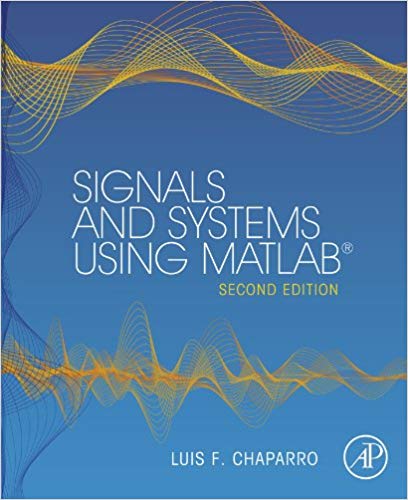A chirp signal is a sinusoid of continuously changing frequency. Chirps are frequently used to jam communication
Question:
![]()
(a) A measure of the frequency of the chirp is the so-called instantaneous frequency which is defined as the derivative of the phase in the cosine, i.e., IF(n) = d(θn2 )/dn. Find the instantaneous frequency of the given chirp. Use MATLAB to plot x[n] for L = 256.
(b) Let L = 256 and use MATLAB to compute the DTFT of x[n] and to plot its magnitude. Indicate the range of discrete frequencies that would be jammed by the given chirp.
Fantastic news! We've Found the answer you've been seeking!
Step by Step Answer:
Related Book For 

Question Posted:





